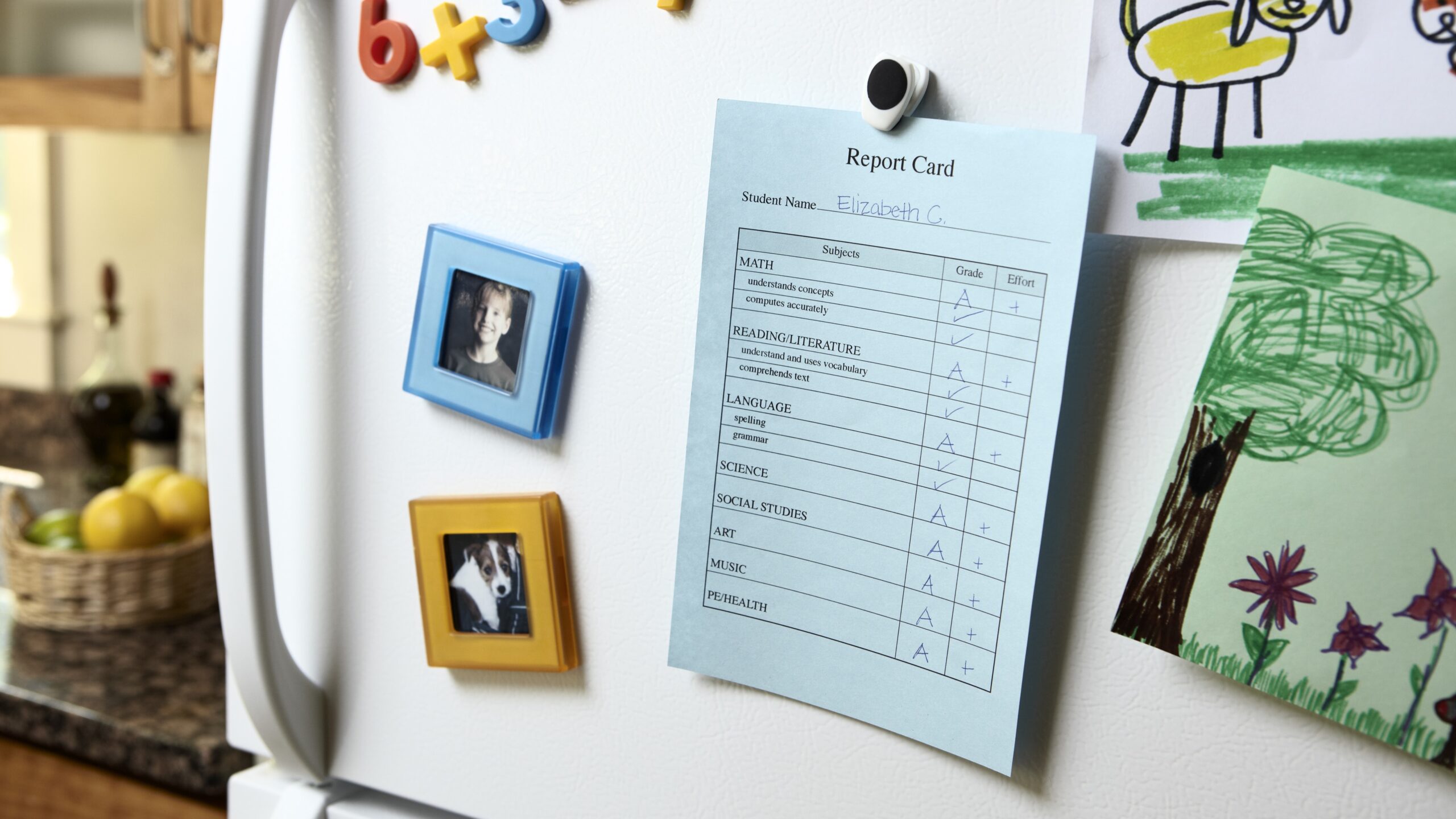Improving Academic Achievement for Students with ADHD through Behavior Report Cards

Q: “A student with ADHD has initiated a daily report card system to improve their behavior, but there has been no significant improvement yet. How can we enhance the effectiveness of this tool?”
The daily report card is among the most effective evidence-supported methods teachers can use to motivate better behavior in students. Several vital components determine its effectiveness.
The daily report card of your student needs to indicate clearly defined target behaviors. Here are some examples of properly defined daily report card objectives for students with ADHD:
Avoid enlisting ambiguous objectives such as “I behaved well in class today” or “I had a good day today.” The daily report card needs to be explicit so that everyone — teachers, parents, and the students — are aware of the expectations.
A well-adjusted report card is one where the student has more Yeses than Nos at the end of the school day. If the student is mostly getting Nos, implicating a failure to meet goals, it’s time for a reassessment. Even though the goals on the report card may be well-defined now, the purpose is to set achievable goals for the student at the moment. The goals can be made more challenging when the student consistently meets them.
Understand that a decline in behavior before it gets better is not unusual when initiating a new behavior support plan. A behavior analyst might suggest additional strategies to reduce instances of challenging behaviors.
While it is important to appreciate and commend your student for exhibiting desired behaviors, immediate feedback — given privately — when they break a rule reflected in the report card is crucial. If a rule is broken, say, “This is your first reminder of the class rules.” This type of framing works as it keeps students focused. Once a student is close to crossing the line, they usually buckle down and concentrate on adhering to the rule.
Caregiver accountability is by far the most significant element of the daily report card. Reviewing the daily report card will enable parents or caregivers to identify patterns in their child’s behaviors and intervene promptly with school assistance if needed.
Caregivers also need to implement at home rewards or penalties linked to the performance of their child’s report card. An example could be that the child receives three minutes of screen time for each tick mark achieved towards the target behaviors. This technique may contribute to a heightened focus on meeting the daily report card behavior goals throughout the school day. If home-based rewards are not an option, school-based rewards can fulfill the void.
The reference for this article is the ADDitude ADHD Experts webinar titled, “ADHD Understanding and Services in School Settings: An Evolution in Education” [Video Replay & Podcast #461] featuring Gregory A. Fabiano, Ph.D., broadcasted on June 28, 2023.
CELEBRATING 25 YEARS OF ADDITUDE Since 1998, ADDitude has been working to deliver ADHD education and guidance through webinars, newsletters, community engagement, and its pioneering magazine. To assist ADDitude in its mission, please consider subscribing. Your readership and contribution add value to our content and outreach efforts. Thank you.




